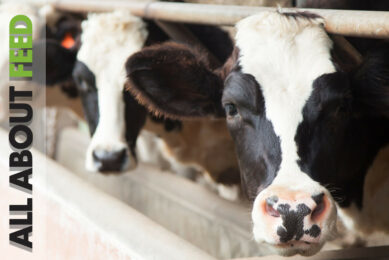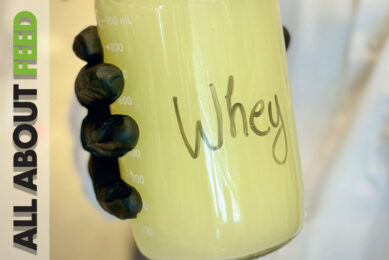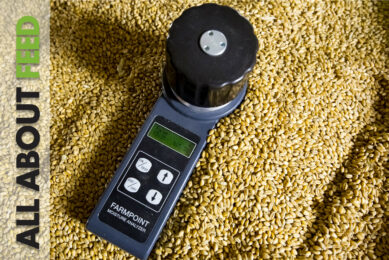Alternative protein sources in the latest edition of All About Feed
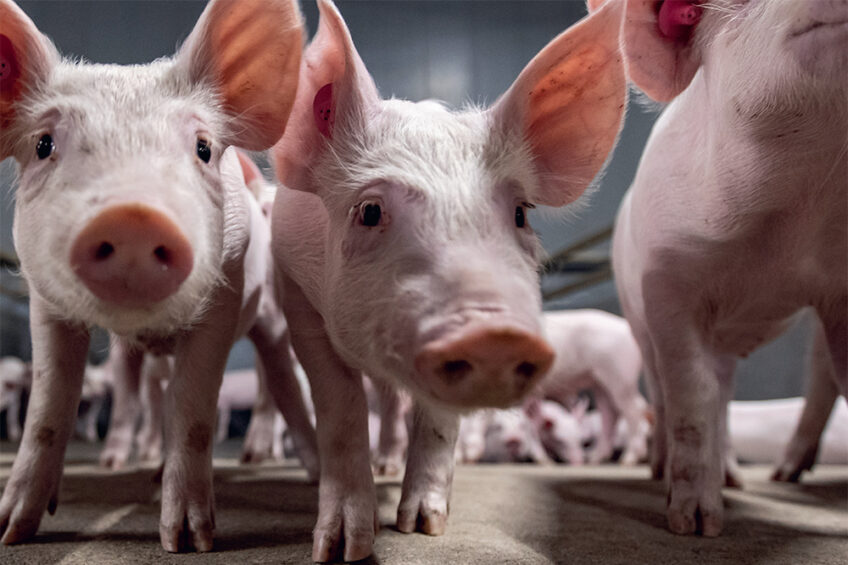
In this edition of All About Feed we consider the nutritional value of PAPs as alternative sources of protein in feed and ask if fish is the protein of the future. Putting insects under the spotlight, we explore the antimicrobial value of insects and the potential of black soldier fly fat in petfood diets. This and much more.
Feed industry in the context of the Russia-Ukraine war – one year on
The Russian invasion of Ukraine has changed the landscape of the feed industry in the post-Soviet space. This article considers the stability of the Russian feed additives market as well as the impact of sanctions.
The antimicrobial value of insects
What can insects offer to support animal health? This article searches for the answers and looks at a study that explores the potential of insects as alternatives to antibiotics.
Feeding insects: Information is key to consumer acceptance
While it is expected that the demand for insects in the pig and poultry feed sectors will rise sharply, few studies have examined consumer attitudes toward using insects in this application. A team of researchers set out to find out more during an online survey aimed at gaining a better understanding of consumer preferences and attitudes.
BSF fat shown to boost the nutrition of cats and dogs
Including the fat of black soldier flies in the diet of cats and dogs may offer more benefits than once thought, according to a recent study. The researchers point to brain and intestinal health and antimicrobial properties as some of the findings.
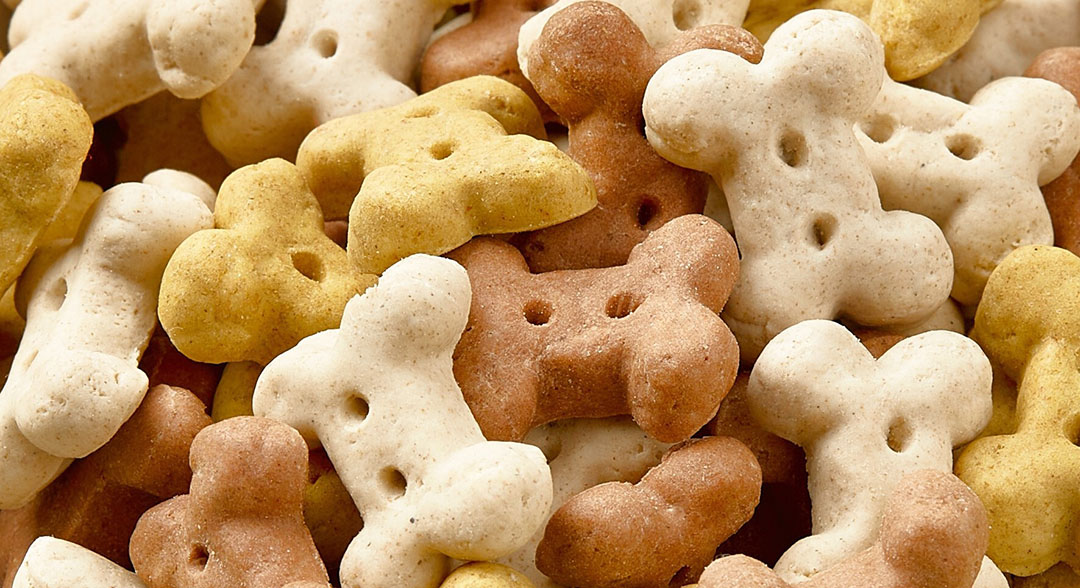
Assessing the nutritional value of PAPs
The rapidly increasing demand for sustainability and a circular bioeconomy have contributed to the re-entry of processed animal proteins, or PAPs, in the poultry and pig feed sectors as alternative sources of protein in feed in the EU. Roger Davin from the R&D department of Schothorst Feed Research presented the results of digestibility studies conducted to validate the need for re-assessment of the nutritional value of new PAPs of different origins.
Company report: is fish the protein of the future?
During a visit to the Alltech Coppens aquafeed production site and research facility in Germany, where 60,000 tonnes of feed is produced per year, All About Feed got the opportunity to learn first-hand why Alltech believes that aquaculture is the sustainable and efficient protein of the future.
Feed additive prices: accuracy and quality are key
All About Feed has partnered with Feed Additive Prices, a new platform for feed additive market intelligence. In an interview with All About Feed, Martijn de Cocq, the founder and driving force behind the platform, tells us more about the platform, why there is a focus on China, Europe and the US, changes in the markets since the pandemic, and a market outlook for the year ahead.
Brazil’s farmed fish production up by 48.6% since 2014
Aquaculture has the highest growth rate among the various animal sectors in Brazil, which one of the top-15 cultivated fish producers in the world. Fish production recorded an increase of nearly 50% between 2014 and 2022, with tilapia being the predominant species in this sector.
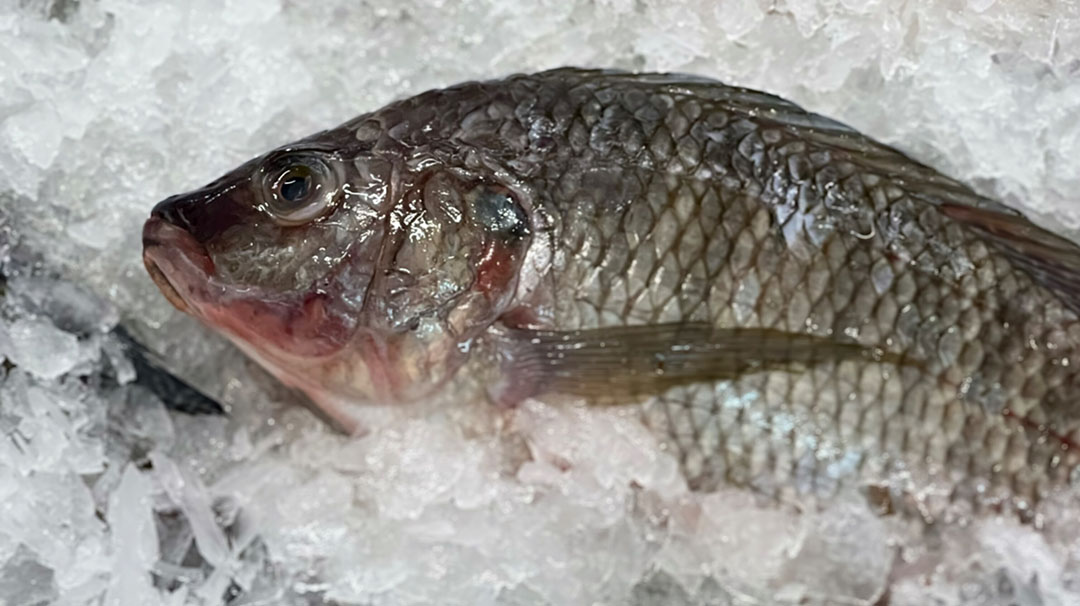
Nutritional strategies to reduce nitrogen emissions from dairy production
Nutrition plays a significant role in reducing nitrogen emissions from dairy production systems. In this article, we look at some nutritional strategies to consider, from nitrogen metabolism to the use of plants and essential oils, tannin complex proteins, dietary crude protein and feed treatments.
Sustainable livestock production: challenges & impact on the feed sector
In an interesting webinar, past chair of animal nutrition at the Technical University of Munich School of Life Sciences, Professor Wilhelm Windisch, challenged the view that that animal feed is unsustainable.
United Kingdom animal feed production in demand trough
The UK is experiencing a slump in demand for animal feed. While all sectors have shown dips, monogastric sectors have been the most significant, and, in the meantime, the dairy and beef sectors are bucking the trend ever so slightly.





